#1 – Mob Psycho 100 III
Please head over to YouTube to check out this year’s #1 series video “write-up”!
#2 -Made in Abyss: Retsujitsu no Ougonkyou
I think it’s probably been pretty obvious from a few weeks into the fall season what the top two series on this list were likely to be. As such, to the extent there was any uncertainty it’s this spot, not the top one, that carried it. That’s often the case with these lists, pretty much every year there’s no slam-dunk #1 in fact. Every year has some sort of tiers – this year they were mainly at five and twelve for me, and at two of course. I never seriously considered anything for the top two places other than the shows which ended up in them.
We waited a long time for Retsujitsu no Ougonkyou, five years in fact. That’s mainly because it took Tsukushi Akihito a long time to deliver the material it was based on. We got a couple of movies as connective tissue, and to be honest I was kind of surprised MiA moved back to series format because movies seemed to suit Tsukushi’s writing pace a little better. He cranks out maybe a volume’s worth of material in a good year, but when you seriously examine Made in Abyss – as with Vagabond or Otoyomegatari or even Hunter X Hunter – it’s amazing that these mangaka can create them at all. As such, complaining about how slow that process is seems extremely misguided.
For me, nothing about Made in Abyss is simple, apart from the fact that it’s exceptional. This is a difficult and painful anime to watch, both because of the cruelty of Tsukushi’s setting and because of his sometimes unsettling descents into fetishism. That’s the toll you have to pay to stamp the ticket – what makes Tsukushi so strange is also what makes him so brilliant. His imagination seems limitless, but that makes it harder on the anime staff in as many ways as it makes it easier. Kinema Citrus has treated Made in Abyss as a labor of love every step of the way, assembling a freakishly brilliant team of animators, designers, and composers. It’s on my short list (very short) of most beautiful TV anime ever, and not just in terms of visuals.
As to Retsujitsu no Ougonkyou, it marks quite a departure from the first season structurally. As I said in the series review post MiA can really only be graded on its own curve – there’s just nothing else like it. This season basically took one plotline and stuck with it for the entire season, even if it did dance around in time quite a lot. I think it was tighter than the first season narratively, if somewhat more conventional. Because the world building with this series is so exceptional (and it is), the first season had an inherent advantage in its ability to generate a sense of wonder and awe. Tsukishi’s imagination knows no end and neither does Kinema Citrus’ magic in making it live, but you can only have the experience of being new to the material once.
With the world now established, there are empty spaces in the viewer/reader experience, and the series fills them in with plot. This is more of a story-driven season than the first one I think, and the main characters – Reg, Riko, Nanachi – are in fact supporting players. They’re vital, and the story does intersect with the main plot. But it more or less stands on its own. It has its own beginning, middle, and end. It has it’s own thematic structure and messaging. Love is the true curse, indeed – nothing exposes us to greater pain and suffering.
In sum, then, I think Retsujitsu no Ougonkyou had a thematic consistency and an elegance to it that surpasses the first season. It probably didn’t move me quite aa much emotionally, perhaps because of familiarity with the mythology, perhaps because the main characters are not the prime movers of the story. Whichever season one prefers, there’s just nothing else like Made in Abyss – it’s a unicorn in so many ways, though perhaps it comes closer to the alchemy of Hunter X Hunter than anything else. However long it takes, it takes – anime and manga both are very lucky to have it around.
#3 – Dance Dance Danseur
Remember what I said a couple days ago, about Yofukashi no Uta and how much a series inspires me to write about it? Well, that certainly applies here, though it’s a bit more complicated. I wrote 1600+ words about the final episode of Dance Dance Danseur, which is probably my longest post in a couple of years at least (though I haven’t checked). The thing is, a lot of that was going into detail about much the last couple of episodes pissed me off. Of course that cuts both ways – if I wasn’t 100% invested at that point, my feelings wouldn’t have been so powerful. I guess it’s that whole thing about the opposite of love being indifference, and I was anything but indifferent where this series was concerned.
As you’d expect, then, Dance Dance Danseur was one of the toughest shows of the year to rank (the toughest in the top 10). For most of its run it was my #1 series of the first half of 2022 (though I was aware that a couple of heavy hitters were on deck). When it ended I wouldn’t have expected it to place this highly. But the passage of time has moderated some of my irritation and allowed me to focus on the positives about DDD, and there are an awful lot of them. As I said yesterday #3-5 on this year’s list are pretty much interchangeable, and a very strong group indeed.
One thing I’d say Danseur does is confirm that MAPPA is capable of a soulful, aesthetically ambitious “indie” production – and that reminder couldn’t be more timely. I was only tangentially familiar with Sakai Munehisa before this series, but he’s squarely on my radar now – this was a truly superb production, start to finish. Even the truly cringeworthy A-part of the finale had a stunning dance sequence – raw, angry, visceral, even poetic. Dance is not the easiest thing to depict well in animation, and the choreography in DDD is spectacular. It’s not just about the pretty visuals and excellent animation (though we get those to be sure) – it’s about depicting the emotion behind the dancing.
I’m neither hugely knowledgeable about ballet or a big fan of it, as it happens, but neither of those things mattered with Dance Dance Danseur. The point is to understand why Junpei loves dance – ballet, modern – as much as he does. Why it’s so important to him. It’s a great portrait of the turmoil of adolescence, this show – when bodies are growing out of control along with hormones, when life is an exhausting cocktail of possibility and passion and confusion. And the disastrous final arc doesn’t change that. It’s important to acknowledge just how disastrous it is – not just a small stumble but truly misguided, in my opinion. But Dance Dance Danseur is a truly remarkable series in spite of that.
I love smartly written series about the creative process, even if the type of creation isn’t one I identify with myself. The nature of talent, of hard work, of technique and orthodoxy vs. pure originality – it’s all here, and it’s all fascinating. In the final analysis I have to judge a series in its entirety. Endings are important – and very hard. Endings for adaptations of ongoing manga can be even harder. It’s a shame Dance Dance Danseur didn’t close with its best material, but that’s not the whole story, and what endures is the brilliance it brought to bear for most of its too-short run.
#04 – Chikyuugai Shounen Shoujo
There were some definite tiers on this year’s list (as there usually are). 12 was one of them, as I already discussed. And #3-5 was another – it’s no exaggeration to say I’ve gone back and forth on the order many times this week. Chikyuugai Shounen Shoujo settles in at four, but you could throw a blanket over it, Yofukashi, and tomorrow’s entry as far as I’m concerned – if I did this again next week they might be in the completely opposite order, and they’re all superb anime.
Extraterrestrial Boys and Girls (it has two English titles – it’s also The Orbital Children – suggesting Iso Mitsuo preferred one and Netflix imposed another) is of course another Netflix series, the second on this year’s list. It’s also probably the best Netflix anime yet in my view, and the fact that it managed to place so highly on this year’s list despite only being six episodes (though closer to eight of normal anime length) is testament to that. It’s a shame Iso-sensei didn’t get the full cour he was shooting for, but at least he knew what he had to work with and could tailor to fit. Akane Kazuki got a cour for Hoshiai no Sora, but that was after having been promised two at the start of production. By comparison Iso is the lucky one.
It’s really impossible to talk about one of these series – and creators – without referencing the other. Both are examples of anime titans returning to the medium in series form for the first time since the mid-2000’s. Both delivered gems that were well worth the wait, though sadly only Iso was able to fulfill his creative vision. And what a vision it was. A classic sci-fi in the mold of Bradbury, Asimov, or Lem as seen through an anime lens. In a world where the future looks pretty dark and a culture where not only being hopeful for the future but the idea that being hopeful about it have gone virtually extinct, he created an upbeat vision that celebrates the resilience of children and the human spirit.
The savior of anime in 2022 – and 2023 by the looks of things – is that great manga still get adapted. And they – unsurprisingly – often (though not always) make great anime. But original anime is a mere shadow of what it was even a decade ago, never mind two. “Original” used to apply in more than just the sense of “not adapted”, which is all it generally means now. Formula rules original anime as much as any other subset, which makes new material from people like Iso and Akane that much more precious. It shouldn’t have taken almost 15 years for these two men to see their work come to fruition. Admittedly part of that is that they’re both auteurs and perfectionists, but they also had to fight the production committee system tooth and nail and call in every favor in the book to get their series produced.
Iso referred (he attributed the idea to Murakami Haruki) to fiction as a “cradle” protecting him from the negativity of the real world. That certainly applies to Chikyuugai, which resolutely refutes fatalism. Within the story its characters – especially Touya – deal with their own cradles. Sometimes they can block our vision – sometimes we need to climb out of them and face reality head-on. But we still need fiction – especially science-fiction – as a vehicle to explore futures beyond the currently possible. Iso did it in the brilliant but scattershot Dennou Coil in 2007, and he did it even more successfully with Chikyuugai Shounen Shoujo in 2022. As I said in my series review post, I hope we don’t have to wait such a long time for his next work.
#5 – Yofukashi no Uta
One measure of a series for me, certainly, is how inspired I am to write about it. Some shows just get my mind – and my fingers – working overtime, and Yofukashi no Uta is one of them. I spilled a lot of digital ink over Call of the Night – it was easy to do so. I think all that verbiage is best distilled by what I wrote in my series review post:
Society is like a box that not everyone fits inside – so what of the ones who don’t? You keep looking, because somewhere that box is out there – you just have to keep searching till you find it. And when you do, it’s likely there will be others waiting for you who got there first.
There’s a very simple reason why I was so verbose about Yofukashi, above and beyond the fact that it was damn good, and it’s just like that old saying – “horses for courses”. I’m the target audience for this show (credit to Samu, who sussed out that I would be). Sure it’s a vampire series – but in truth, this series is really about people who don’t fit into society’s boxes. Vampires are, I repeat, always metaphorical. Vampires probably aren’t real, but there are people of the night – every society has them. And everyone who’s wired a certain way understands the visceral appeal of those dark hours when all normal people are asleep.
There are similarities between Yofukashi no Uta and Watamote to be sure (it also vibes MGX and FLCL, in terms of tone and style), though Kou and Tomoko are very different in their natures. Both series are effectively written in code, to the extent that they can be appreciated on a superficial level, but there’s a deeper element that’s like a private club. With this series it’s largely about being an introvert, which with all due respect you either under stand viscerally or you don’t. But Kou is also someone who rejects the expectation that only through romantic love can one feel fulfilled in love. Maybe he will fall in love someday, but he can be perfectly fine if he doesn’t.
All I can say is this – Kotoyama knows what he’s talking about. This series is as authentic as it gets, and it gets pretty deep to boot. I quite like his Dagashi Kashi too, and the much-maligned first season of the adaptation. It touches on some of the same themes but Call of the Night goes deeper. I can nitpick some of the details with this adaptation, and I totally get why it won’t resonate for some people like it does for me. But when the glass slipper fits, it fits, and Yofukashi no Uta was one of the most fascinating and entertaining series of the year for me.
#6 – Ao Ashi
2022 was a big year for soccer anime – fittingly, as a World Cup year. We had not one but two major hits adapted from manga, and they could hardly be more different. I kind of knew going in that Ao Ashi would be the one that clicked with me – that other show falls under what I like to call the “sports anime for people who hate sports” umbrella. It didn’t even really need to be about soccer – the hook is the point. But Ao Ashi, now that’s a soccer series.
Ao Ashi is a traditional sports anime to be sure, and that’s a straight-up win with me. I make no apologies for loving old-school sports series – I’m a huge sports fan as well as a huge manga and anime fan. With this show you got a really likeable and interesting lead, a winning romance subplot that nicely supported the sports side, lots of good action episodes, and great personal drama. It was obvious from the way the series hit a home run (sorry about the baseball reference) early on with the relationship between Ashito and his mother that it was going to be something special.
As a big-time soccer otaku, I appreciate the realism with which Ao Ashi approaches the sport it depicts. That doesn’t matter as much to everyone but for me, it can be a deal-breaker if it’s silly enough. Mangaka Kobayashi Yuugo knows his shit when it comes to soccer, and clearly loves the tactical and psychological sides of the beautiful game. This is also a series where coaches are very, very important – and fall neither under the heading of saints or villains. Some are better than others, they get some stuff right and some stuff wrong. But they have a huge influence on the lives of the young athletes in their charge (which is a lot of pressure), and all that is exactly how it is in real life.
For me there have only been three really great soccer anime in the last dozen years or so – this one, Ginga e Kickoff, and Giant Killing. That’s a shame (baseball has certainly been better served by anime) but the wait just made the arrival of Ao Ashi that much sweeter. Production I.G. knows a thing or two about sports anime, that’s for sure, and while this one didn’t have quite the lavish visuals Haikyuu!! does, it was still an elite-caliber production.
The only downside really is that this should have been an absolute slam dunk (sorry about the basketball reference) for multiple seasons – and so far, there’s no word on a sequel. That’s a symptom of how flawed the production committee system really is – a manga powerhouse which reserved a huge anime sales boost like Ao Ashi would have been an automatic long-running anime not all that many years ago. Now all we can do is wait and hope, because there’s a ton of unadapted material to work with and it’s all top-grade soccer manga.
#7 – Summertime Render
If #8 languished in what’s often called “Netflix Jail”, then Summertime Render was in what can only be described as “Disney Hell”. At least with Kotarou was Hitorigurashi you could watch it anywhere if you have a Netflix account (though that’s not true with every Netflix anime). Disney+ didn’t even release Summertime Render worldwide while it was airing – even on their paid service it was Japan-only. And that’s a real shame, because it was a terrific series and one that’s tremendously well-tailored for international appeal. I honestly have no idea what they could have been thinking when they decided to distribute their anime this way.
To get a supernatural mystery like this one that not only doesn’t fall apart at the end but is basically watertight is truly unicorn-rare. It just doesn’t happen – they almost always fall victim to structural failure one way or the other. Full credit to mangaka Tanaka Yasuki (I never realized until this week, but Horikoshi Kouhei was his assistant) for meticulously crafting this mythology and getting the details just right. It’s a fascinating conceit, and Tanaka’s characters are the other major piece of the puzzle – they’re interesting and complicated people.
It’s equally true, though, that Summertime Render benefited from having arguably the most accomplished active director in TV anime, Watanabe Ayumu, at the helm. His sense of pacing is immaculate (incredibly crucial with a series like this). And his juxtaposition of the show’s wildly different tones was very effective. Summertime Render could be incredibly violent, sad, comic in a genuinely slapstick way, and flat-out absurdist. Apparently this was a blessed production in every way, nearly complete before the first episode ever aired (and Disney money likely played a part in that), and it really showed.
My only regret, really, is that this show ended on the day the very packed fall season began, because it would have been really fascinating to re-watch it with knowledge of its secrets. It was surely full of Easter eggs (I know of a few) and foreshadowing, and it deserves a second viewing. It’s a smart, vastly entertaining thriller with a real respect for its audience, and those are rare as hens teeth in anime.
#8 – Kotarou wa Hitorigurashi
Netflix pulling the plug (well, cutting back) on their anime projects really couldn’t have come at a worse time. In a sense they’ve almost settled into a role similar to what NoitaminA played when it was doing what it was originally created to do. That is, providing a venue for series that wouldn’t be produced any other way. To be sure its series have tended to be different genres than what original NoitaminA specialized in, but a lot of their stuff just wouldn’t have seen the light without their backing. And Kotarou wa Hitorigurashi certainly falls under that umbrella.
This was a highly unusual and emotionally powerful piece of work. Basically, for me Kotarou Lives Alone (based on an ongoing manga) is a compendium of all the ways adults can individually and collectively fail children. That’s obviously a pretty depressing topic, and Kotarou could sometimes be a depressing show. But it could also be a very funny one. And it very deftly played its highly emotional moments (and there were plenty of them) very low-key – understanding that the more poignancy a situation has organically the less you should try to sell it.
Another reason why Kotarou wa Hitorigurashi doesn’t ultimately feel like too much of a downer is the way it celebrates the heroism of simple decency. For the most part the adults who were responsible for Kotarou completely failed him, and the ones who had no obligation to him served him with honors. Most obviously Karino-san, the de facto protagonist of the series and Kotarou’s primary advocate, but all the residents of Shimizu Apartments too – and many other casual acquaintances besides. Ultimately what uplifts this story is people doing the right thing simply because it’s the right thing, and the difference that can make in other people’s lives.
As I said, the manga is ongoing. There’s also a live-action version, likewise on Netflix, that ranks among the better Japanese dramas I’ve seen. This is just a really good story, plain and simple, and while Lidenfilms’ production isn’t anything lavish, it treats the material in a very understated and dignified manner that suits it perfectly. I’d also single out Kugimiya Rie for one of the best performances of her career as Kotarou. All in all this is another outstanding effort for Netflix, and a reminder of what we’ll be losing if they truly do pull out of anime production.
#9 – Kingdom 4
Kingdom is no stranger to LiA readers. Or indeed to these lists. The first season (addled as it was with terrible animation for much of its run) landed in the second 10, but every season since has been solidly in the top ten. And the reasons for that should be pretty obvious to anyone who’s followed the series. You don’t need to reinvent the wheel to make a great car.
The manga’s C.V. pretty much speaks for itself. 66 volumes, 92 million in sales, the Tezuka Cultural Prize. And the anime is pretty much what Studio Pierrot does – a faithful, thoughtfully executed adaptation that doesn’t take many liberties or offer many flourishes. The visuals are still pretty ordinary – though just fine – but Pierrot almost always manages to capture the essence of a source material with understated elegance. A series this good doesn’t need a ton of embellishment (though we can still dream of a lavish take by Wit or Bones), so the fit is a good one.
Season 4 was right on pair with its predecessors, not surprising given that Kingdom doesn’t have tremendous peaks and valleys in quality. There was a stronger focus on politics this time around, as the eternal power struggle between Zheng and Lu Buwei finally came to a head. But Kingdom does politics just as well as military epic. It’s so consistently good, in fact, that it can be too easy to take for granted (as is often the way with long-running shows like this one). But I never fail to appreciate what a gem it truly is, and that it’s popular enough to keep getting new seasons (the 5th will premiere in Winter 2024). We may have had to wait a year longer than expected for Season 4 to play out, but it was well worth it. Bring on Season 5.
#10 – Karakai Jouzu no Takagi-san 3
There are many ways by which we can measure an anime year. But the last series (or two) left off the top 10 list is one of the most cogent, I think. Depth is important, and so is quality at the top, and this is a metric that captures a bit of both. And for 2022, it reflects a year that was pretty strong. Stronger, certainly, than most of the past half-decade (though it doesn’t fare as strongly by some other metrics, ad we’ll discuss later).
Here’s the ironic part. The last time Karakai Jouzu no Takagi-san aired (Season 2), it landed in the same slot – #10, in 2019 – and it did so after an agonizing internal debate over the last three series in contention. That year, like that one, had 12 top 10 series as far as I was concerned – but then, anime rarely plays nice and gives me a neat cutoff at ten. Leaving off #11-12 was probably even more brutal for me this year, which I suppose reflects that 2022 was a little stronger (by this metric) than 2019 – which was probably the best anime year after 2017 on balance, until this one. If you’re going by the top dozen shows, anyway…
Also supporting that argument is that Takagi-san S3 was, in my view, a bit better than S2, and it finished in the same spot. I think this series has gotten better every season, which is a real achievement. Also an achievement is making an anime adaptation that’s better than the manga in every meaningful way, and not just by a hair either. I really like Yamamoto Souichirou’s manga but the anime has showcased everything that’s good about it and de-emphasized what isn’t so great. It’s done this through original material (often among the series’ strongest), re-ordering of chapters, and generally achieving a much more cohesive narrative. And the production values have been excellent, too.
In short, this is an adaptation that does exactly what any adaptation should – it understands the differences between manga and anime, and elevates the experience using the tools at its disposal. And that’s especially pleasing because the studio (Shin-Ei) and director (Akagi Hiroaki) are tackling the upcoming Boku no Kokoro no Yabai Yatsu adaptation (as I predicted might happen when it was announced, I might add). And as good as this manga is, BokuYaba is a middle school romcom on another level entirely. Hopefully Akagi can do for it what he’s done for Karakai Jouzu, and is again given the chance to do so over multiple seasons.
As to what the future holds for this show, we’ll see – the manga is ongoing, as is its timeskip sequel, but the third season absolutely managed to leave things in a very satisfying place if this is all we get. Nishikata and Takagi-san have brought me an insane number of smiles over these three seasons, and the third was the best of the lot. Karakai Jouzu no Takagi-san walks a fine line tonally, but somehow almost always manages to stay on the right side of it – especially in anime form – and the result is an absolute joy for romcom fans. In the end there was just no way I could leave it off this list, no matter how painful a decision that was in other ways.
Honorable Mention – Digimon Ghost Game
Digimon Ghost Game has been running all year, and thus would be eligible for the actual Top 20. And I suspect it’d make it, too, given that the lower half of this year’s is not as strong as the first ten. But it just feels like a show I really should call out here, as it kind of fits with the motif of series I’ve traditionally selected for “Honorable Mention” – ones I’ve never (or almost never) blogged, shows aimed at kids, et al.
So yeah, DGG is a “kids show”. To which I say, who the hell cares? It’s well-made, lots of fun, and features a truly epic performance by the brilliant Sawashiro Miyuki (and another by Takenaka Naoto as the Narrator – he even got a live on-camera once). It’s also surprisingly dark sometimes (as the best kids anime usually are) and occasionally very funny. At this point I’d be sticking around just to find out what the deal is with that scar on Hiro’s ear (a curious detail, if just for show), but happily Digimon Ghost Game gives you a lot more reason to stay tuned. It’s my favorite Digimon series yet, and now a part of my Saturday routine that I really look forward to.
Wow, it’s that time yet again – let’s do another LiA Top 10 countdown! Spoiler – it was a pretty good year by recent standards, though not an especially deep one. The hardest part of the list is going to be the end, both in the top 10 and #11-20 (though for different reasons).
A reminder – once more I’ll be revealing the #1 series via an “Anime of the Year” video on the LiA YouTube channel (a video which I will of course link here).
A Refresher on Eligibility:
I’m going by the same eligibility standard I used for the 2012-2021 lists – that is, shows that finished airing during the year or split-cours that finished in 2022 are eligible. Split-cour series which finish in 2023 are not eligible for this list, but series that ended this year and weren’t officially confirmed as split cour when they did are eligible. Shows that aired for the entire year (there weren’t any in consideration for me this year) are also eligible.
This means that in effect, the only shows not eligible for this list are the multi-cour series that began airing from Spring 2022 onwards and are still airing into Winter 2023, or true split cours that will finish in 2023.
As you know I always like to do a little contest, so here we go… The winner will be anyone that guesses my Top 10, in order. If no one does that, I’ll go with the closest guess. Guesses made by 2200 JST 12/22/22 will be eligible. Here’s the prize: same as last year, I’ll do a “Top 5” list or haiku on any anime theme or topic you choose. Dealer’s choice – you make the call. Please post your guesses in the comments below!


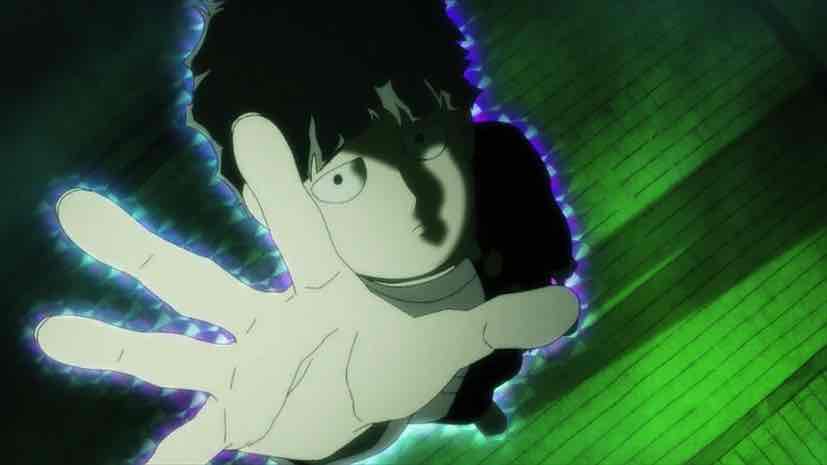
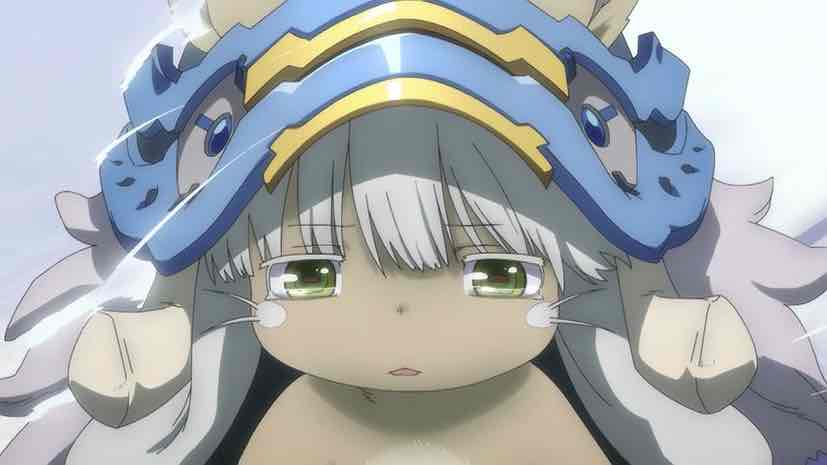
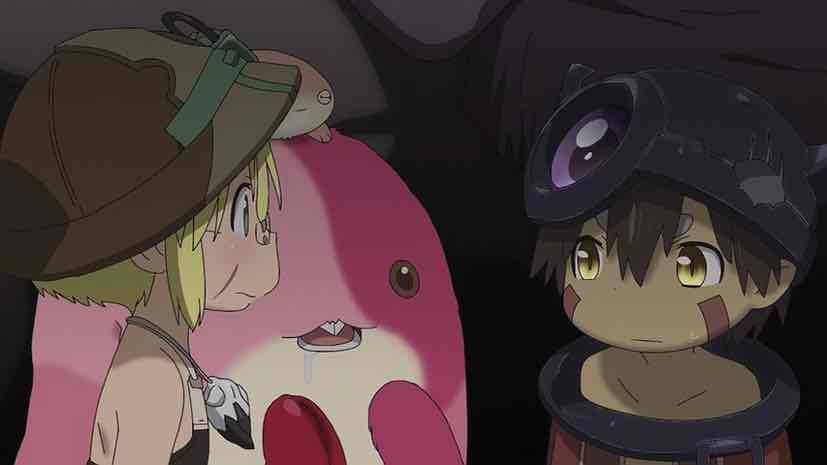
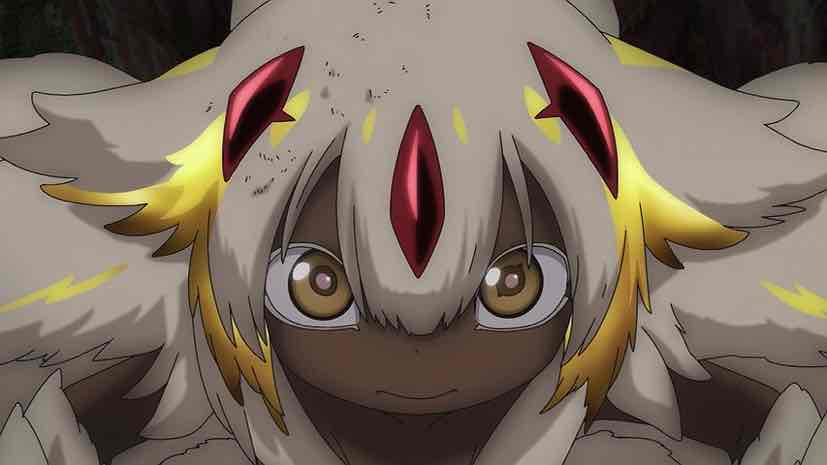
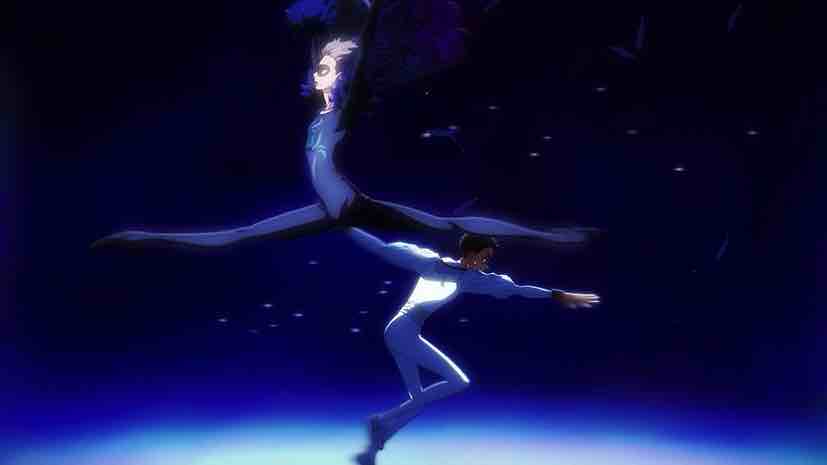
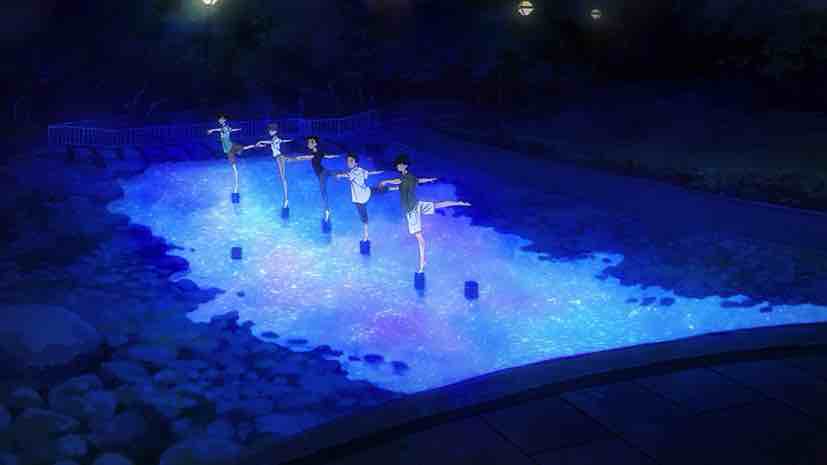
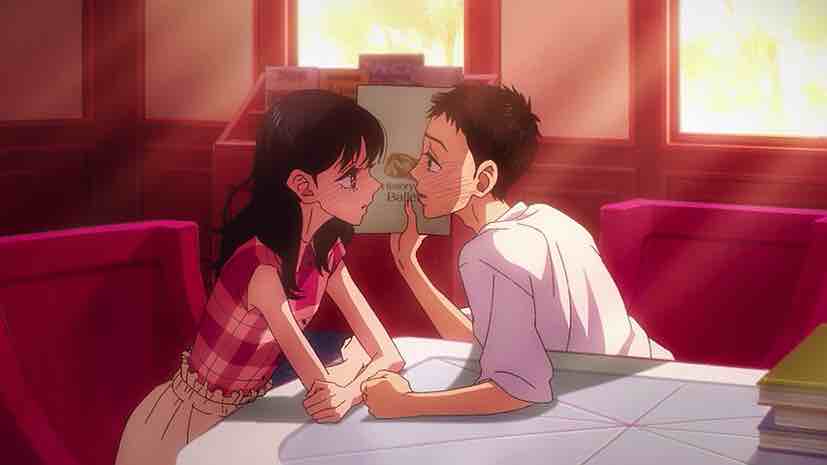
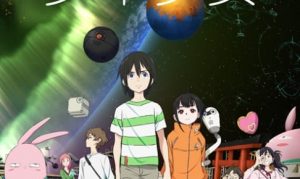

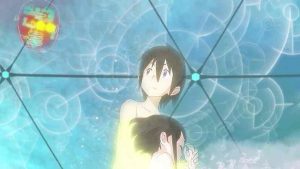
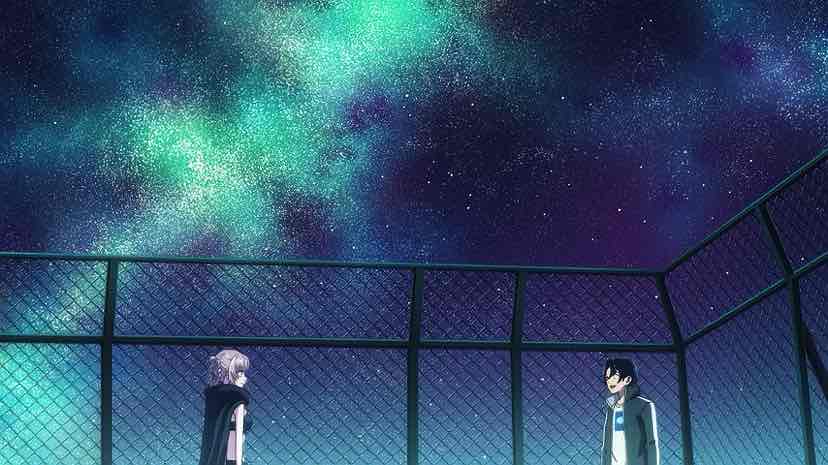
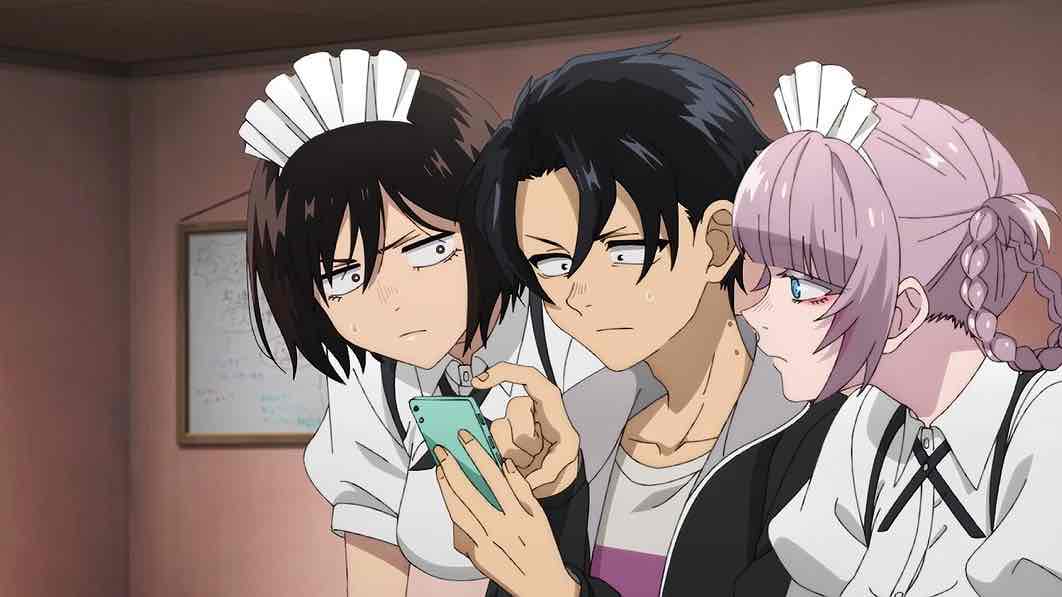
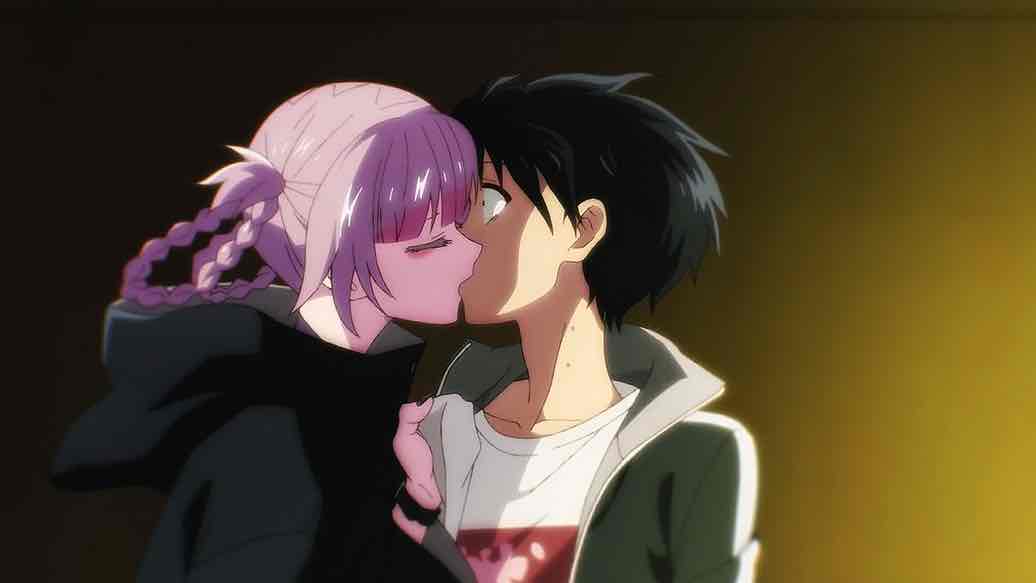

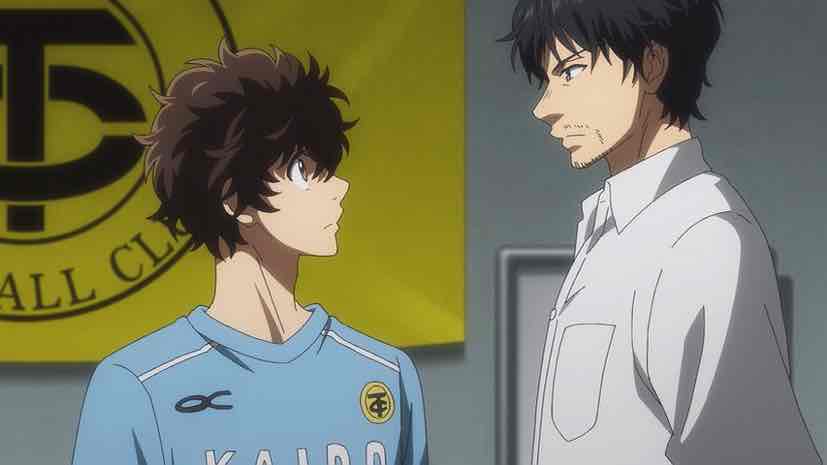
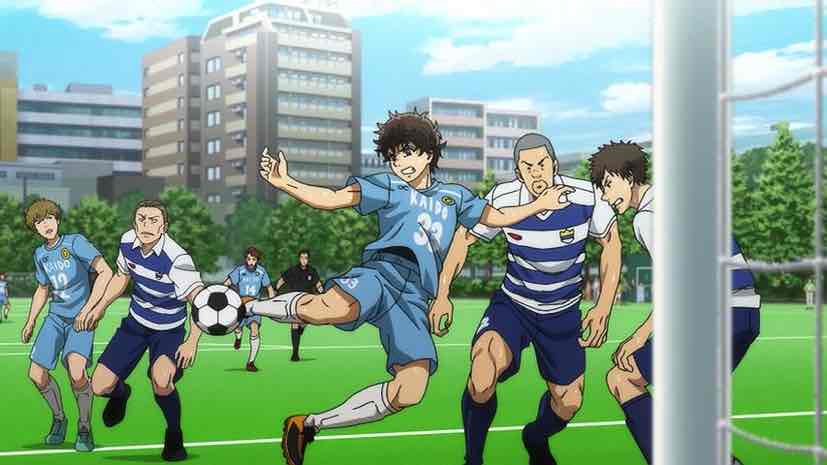

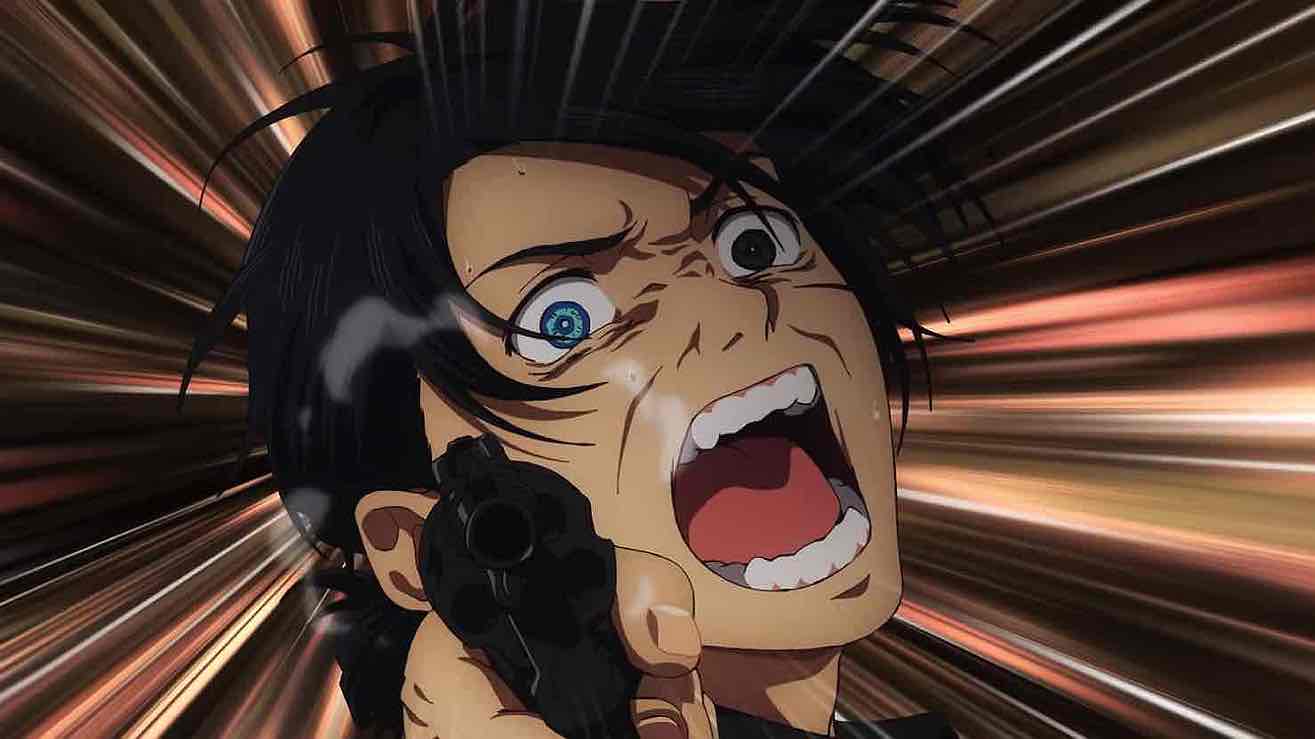
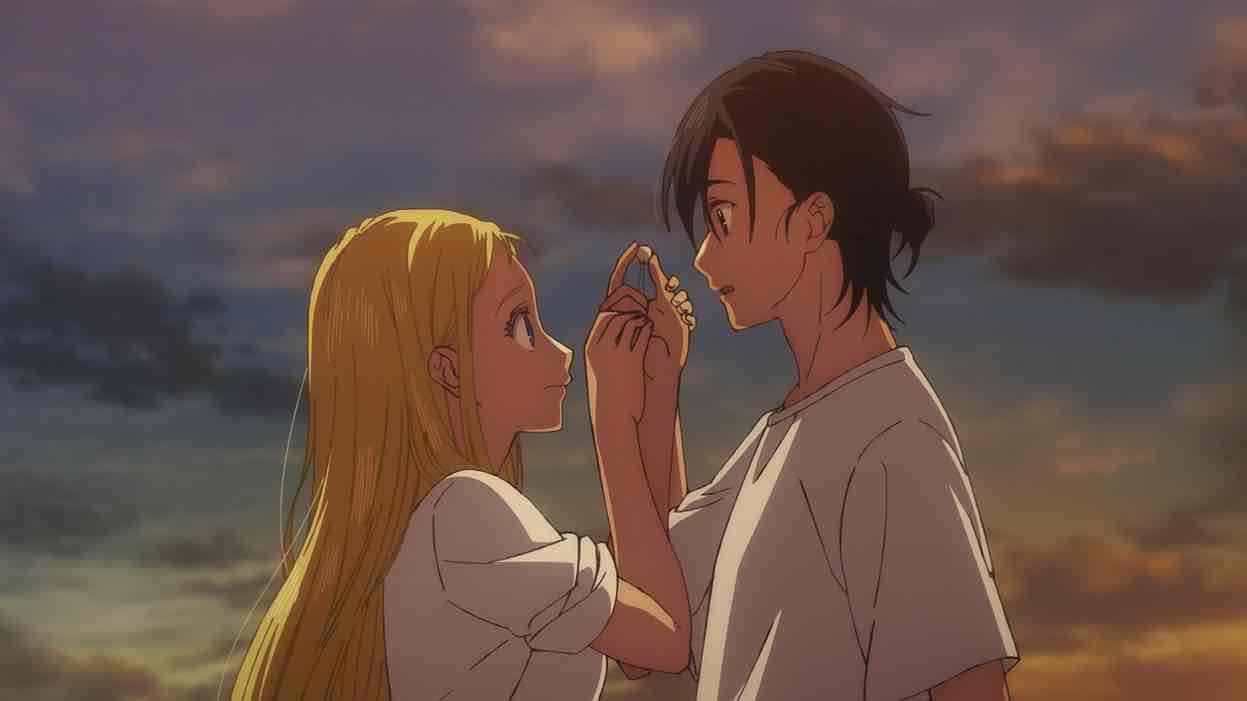
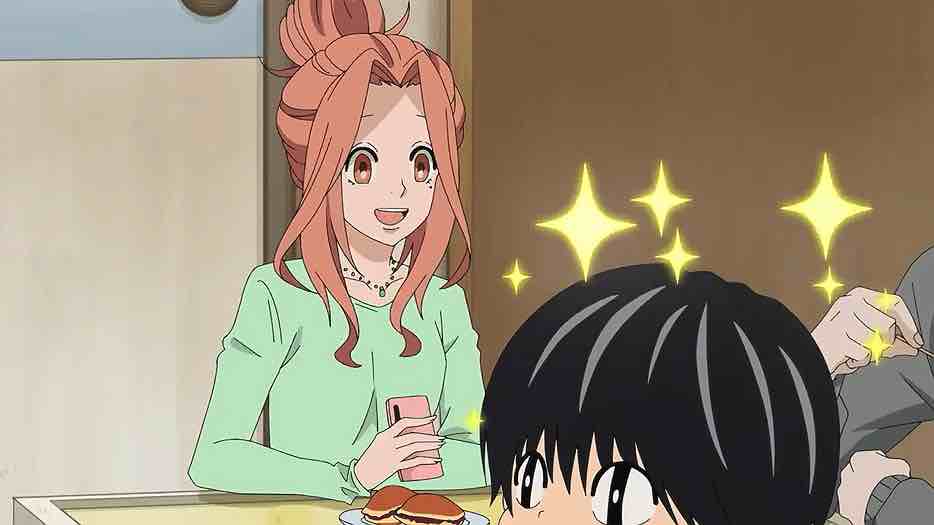
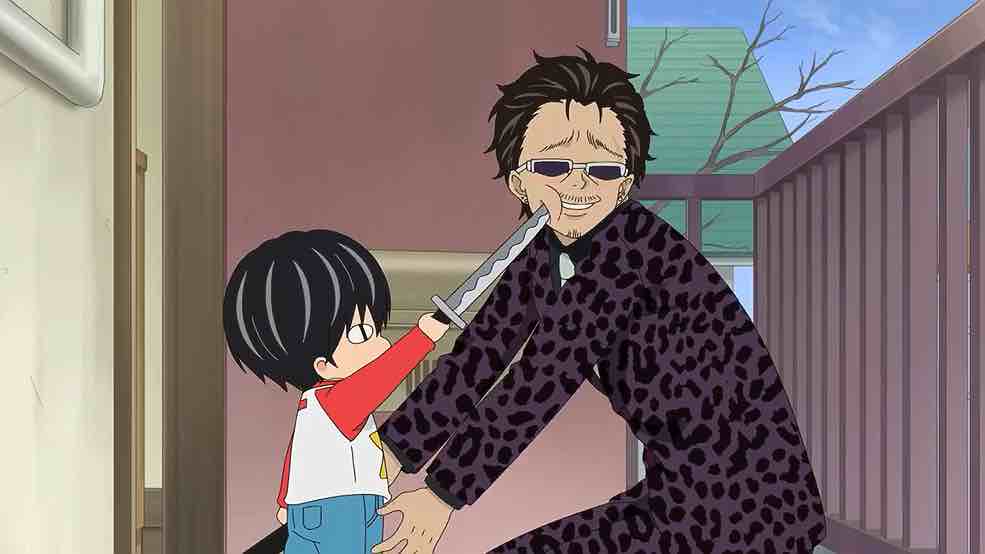
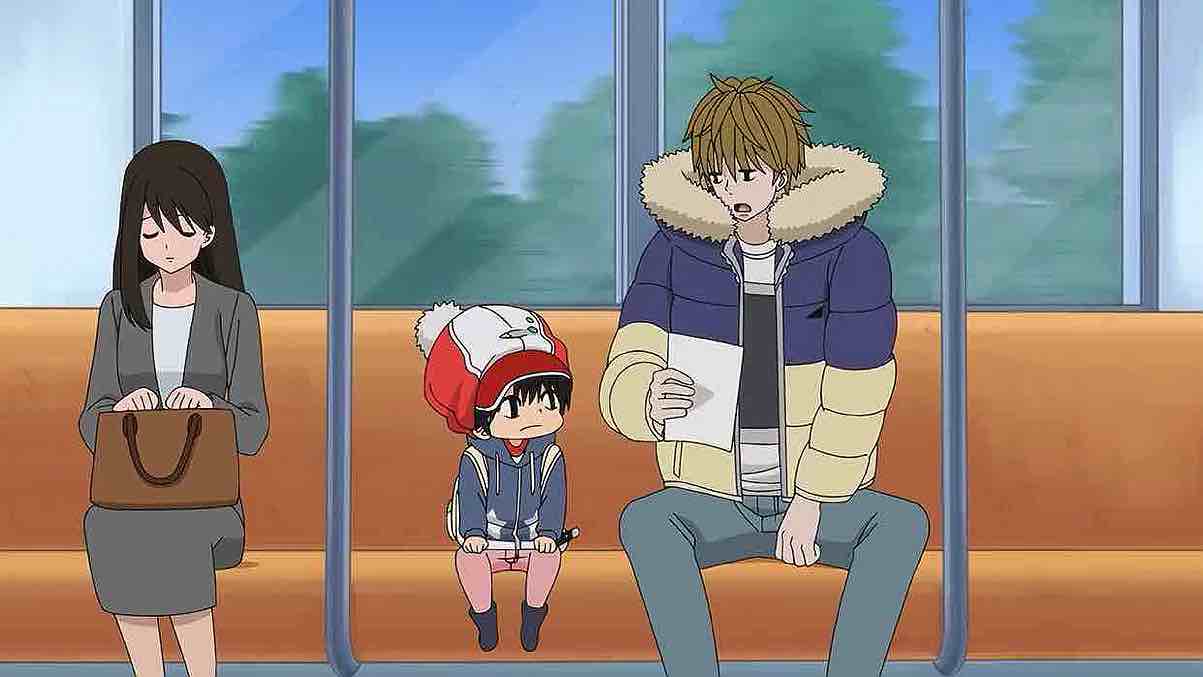
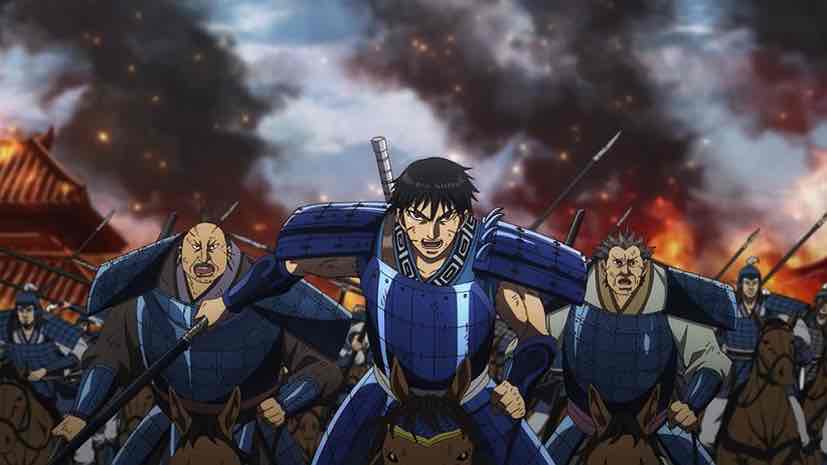
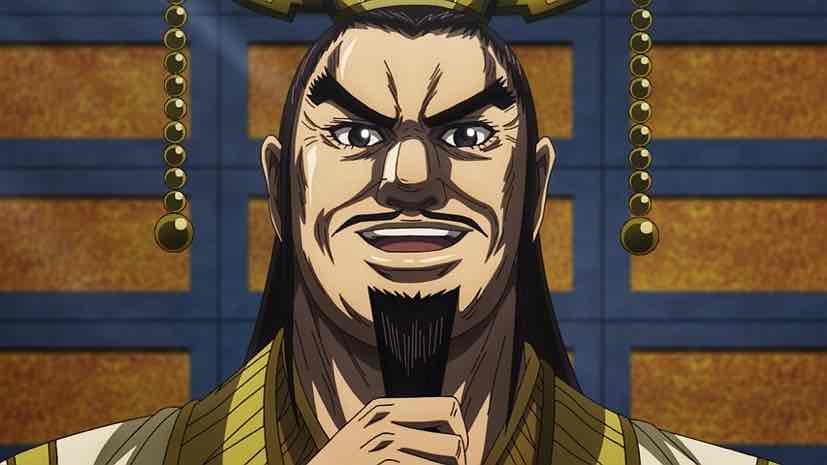
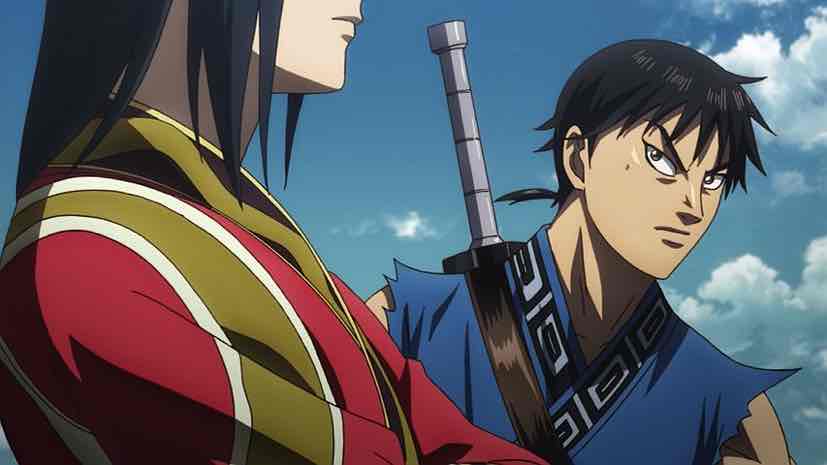

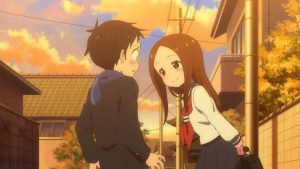
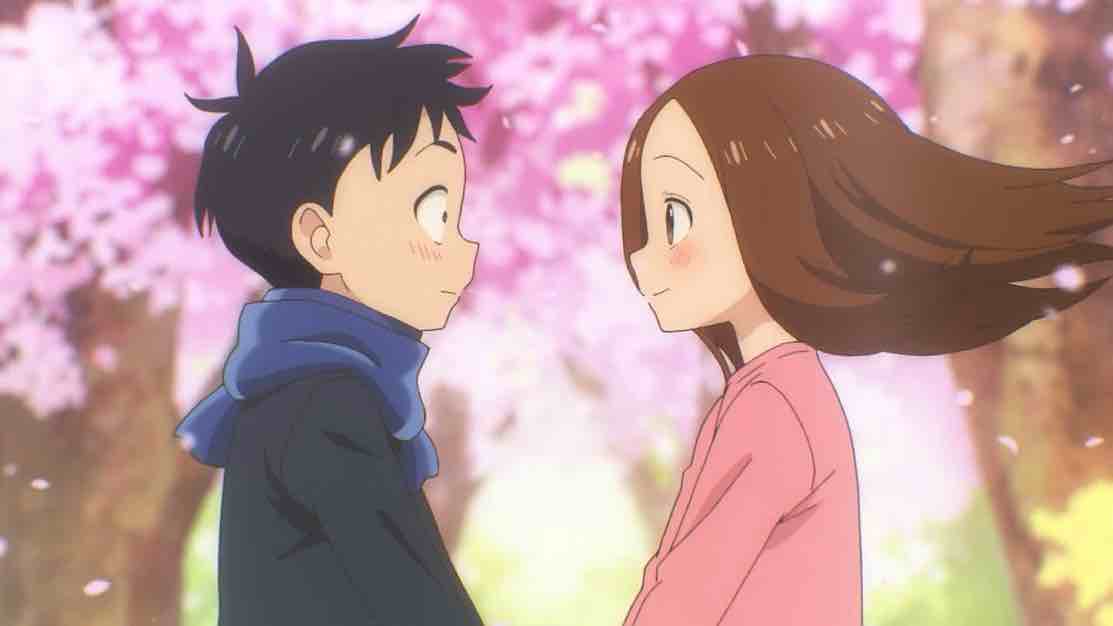

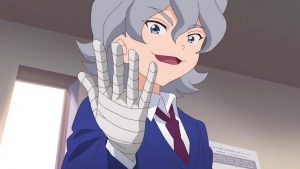
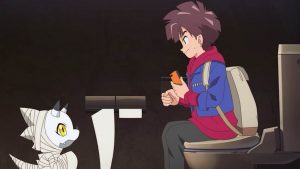
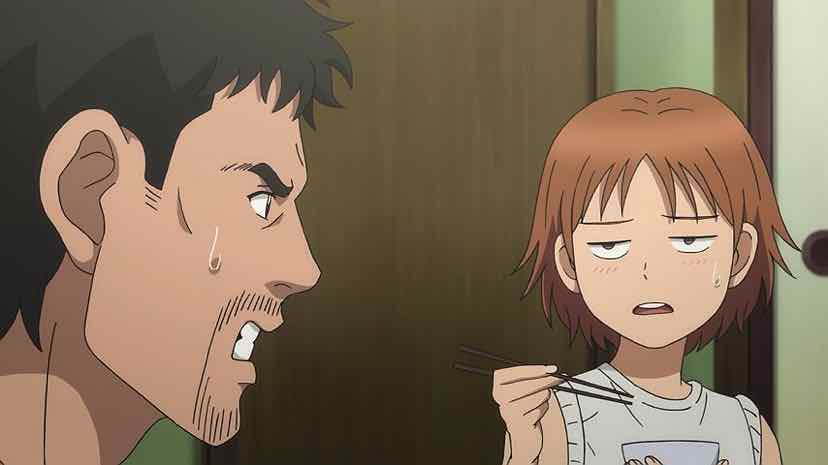
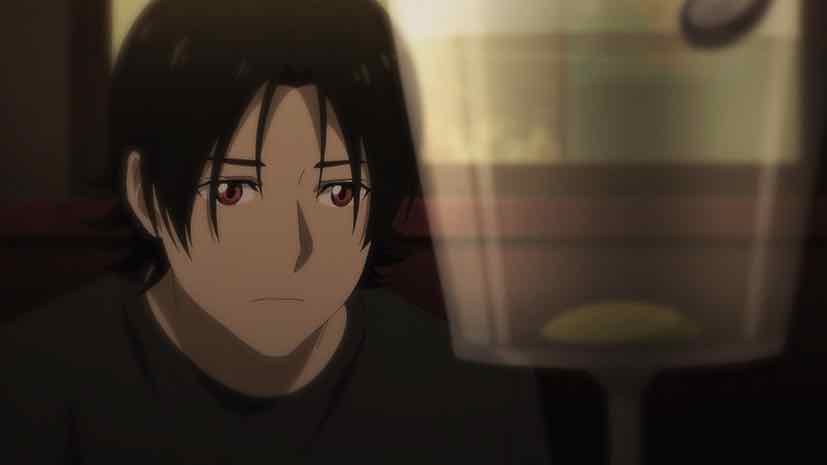
Nellie
December 21, 2022 at 6:44 pm1. Mob Psycho
2. Summertime Render
3. Made in Abyss
4. Kotaro wa Hitorigurashi
5. Orbital Children
6. Ao Ashi
7. Takagi-san
8.Yofukashi no Uta
9. Ryman’s Club
10. Dance Dance Danseur
And 11-20 just for kicks.
11. Vanitas S2
12. Tiger and Bunny
13. Soredemo Ayumu was Yosetekuru
14. Youjohan Time Machine Blues
15. Shadows House S2
16. Hataraku Maou-sama S2
17. Bisque Doll
18. Chainsaw Man
19. Koukyuu no Karasu
20. Spy Family
Guardian Enzo
December 21, 2022 at 7:04 pmInteresting! I can’t comment specifically so as not to hint, but I will say there’s one definitely Top 20 series that you’re overlooking.
Samu
December 21, 2022 at 7:33 pmI’ve always wanted to have a go at this so what better year than one where I watched almost none of the shows up for consideration – though I feel like I have a good enough grasp of your taste that hopefully I get the series right (if not the order):
1. Mob Psycho 100 III
2. Made in Abyss: Retsujitsu no Ougonkyou
3. Dance Dance Danseur
4. Orbital Children
5. Kotaro Lives Alone
6. Ao Ashi
7. Call of the Night
8. Summertime Render
9. Kingdom Season 4
10. Teasing Master Takagi-san 3
I know you mentioned there were two other series that are fighting for that 10th spot so here’s an extra guess on what they might be:
11. Aharen-san wa Hakarenai
12. Ranking of Kings
I will be taking full credit though on predicting Call of the Night being up there as a non-sequel entering your top 10 (fi it does, which I’m sure it should), especially one you didn’t really have on your radar until I gave my early prediction 😉
Alonom
December 21, 2022 at 7:34 pmOur opinions are usually so in sync that this is probably the first time after 10 years when a show in my personal top 5 will almost certainly won’t make it into your top 20 (Bocchi the Rock). Surprised it took so long!
My guess is:
1.Mob Psycho 100 III
2. Made in Abyss: The Golden City of the Scorching Sun
3. The Orbital Children
4. Ao Ashi
5. Dance Dance Danseur
6. Call of the Night
7. Karakai Jouzu no Takagi-san 3
8. Ousama Ranking
9. Kingdom 4
10. Kotarou wa Hitorigurashi
I also think Summertime Render and Aharen-san wa Hakarenai are #11-12 and the only omissions from the list you’d cosider top 10 worthy.
Darrel
December 22, 2022 at 12:28 am1. Mob Psycho
2. Made in Abyss
3. Dance Dance Danseur
4. Orbital Children
5. Ao Ashi
6. Kotaro lives Alone
7. Ousama Ranking
8. Summertime Render
9. Kingdom
10. Yofukashi no Uta
I think the top 7 are pretty certain (just the order may differ), but 8-10 is a tossup that also includes Aharen and Takagi.
Marty
December 22, 2022 at 8:12 amFor my money, here’s my list
1. Mob Paycho 100
2. Summertime Render
3. Takagi, S3
4. Ao Ashi
5. Kingdom, S4
6. Dance Dance Danceur
7. Isekai Ojisan
8. Yowamushi Pedal
9. Kotaro Lives Alone
10. Ranking of Kings
Red
December 22, 2022 at 2:00 pmHere, let me join too:
1. Mob Psycho III
2. Made in Abyss S2
3. Orbital Children
4. Dance Dance Danseur
5. Yofukashi no Uta
6. Ao Ashi
7. Kotaro wa Hitorigurashi
8. Ousama Ranking
9. Summertime Render
10. Karakai Jozu no Takagi-san S3
Aside from the first 9, I think the last spot was a toss up between Kingdom, Takagi-san and Aharen-san.
youlikerice
December 22, 2022 at 3:07 pmHere are my guesses…
1. Mob Psycho 100 III
2. Made in Abyss: Retsujitsu no Ougonkyou
3. Kotaro Lives Alone
4. Kingdom Season 4
5. Ao Ashi
6. Orbital Children
7. Dance Dance Danseur
8. Ousama Ranking
9. Call of the Night
10. Teasing Master Takagi-san 3
Also side-note did you ever end up watching the second part of Tiger & Bunny this season? 🙂
Guardian Enzo
December 22, 2022 at 3:38 pmLOL, no. Still plan to but.. Just a matter of finding time.
Eugene T.
December 22, 2022 at 3:09 pmThrowing my hat into the ring here.
1. Mob Psycho 100
2. Made in Abyss
(big gap)
3. Orbital Children
4. Ao Ashi
5. Dance Dance Danseur
6. Kotaro Lives Alone
7. Summertime Render
(gap)
8. Kingdom
9. Call of the Night
10. Aharen san
Ranking of Kings and Takagi were tough to leave out, could easily take one of the 8-10 spots.
Eugene T.
December 22, 2022 at 3:16 pmActually, upon reconsideration, I would like to swap Aharan out and place Takagi S3 at No. 10 instead. So that makes it
1. Mob Psycho 100
2. Made in Abyss
3. Orbital Children
4. Ao Ashi
5. Dance Dance Danseur
6. Kotaro Lives Alone
7. Summertime Render
8. Kingdom
9. Call of the Night
10. Great Teaser Takagi
JHNSeph
December 22, 2022 at 6:31 pmI just dropped Digimon Ghost Game because I grew tired of the rushed monster of the week format. Not even just the monster of the week format itself, just that feeling of any story or concept was just rushed to fit in one episode with no room to let it boil a bit more.
Insert a season so jam-packed with shows I was genuinely more interested in that my entire week quota of anime was filled up, made it an easy drop.
Skidda
December 22, 2022 at 10:41 pmAS usual I have no idea how to guess after the top 3 but here we go :
1. Mob Psycho 100 III
2. Made in Abyss S2
3. Summertime Render
4. Dance Dance Danseur
5. Chikyuugai Shounen Shoujo
6. Yofukashi no Uta
7. Ao Ashi
8 .Takagi-san S3
9. Kotaro wa Hitorigurashi
10. Kingdom S4
Jen
December 23, 2022 at 4:21 am1. Mob Psycho 100 III
2. Made in Abyss S2
3. Dance Dance Danseur
4. Orbital Children
5. Ao Ashi
6. Summertime render
7. Call of the Night
8. Kingdom s4
9. Call of the Night
Since 10 is already announced might as well predict some.
Guardian Enzo
December 23, 2022 at 8:55 amI like Call of the Night a lot, but not enough to list it twice!
DukeofEarls
December 27, 2022 at 11:31 amMy list:
1. Kingdom
2. Dragon Quest Dai
3. World Trigger
4. Mob Psycho
5. Ao Aishi
6. Overlord
7. Demon Slayer
8. Ranking of Kings
DukeofEarls
December 27, 2022 at 11:40 amWhoops, forgot to include Made In Abyss. That would actually be my true #4, bumping Mob Psycho to 5 and so forth. It’s painfully entertaining, in a “I can’t look away from this trainwreck occurring before me” sort of way. It really tested me this season though, some of those episodes were painful. That might be why I forgot it; I’m already trying to move past the trauma.
Darrel
December 27, 2022 at 4:01 pmWhile the production committee system is certainly flawed, I do think Ao Ashi will most likely be a beneficiary of it. The sequel announcement is definitely coming – its just a matter of when. Successful ongoing sports anime getting sequels is one of the surest things, and Ao Ashi has probably ticked all the necessary boxes to be considered by the committee to be a success.
Guardian Enzo
December 27, 2022 at 5:26 pmWe’ll see. It doesn’t check an obvious boxes apart from selling a lot of manga. Maybe that’s enough but it’s no slam dunk.
Tony
December 29, 2022 at 3:12 amWhich Netflix series were considered? Did you watch Romantic Killer or Cyberpunk Edgerunners and didn’t like them, or they’re not in the list simply because you didn’t watch them?
Unrelated: You haven’t commented on the Hanako kun announcement. Or did I miss it?
Guardian Enzo
December 29, 2022 at 9:38 amI commented on twitter. Great news, now let’s see what it actually turns out to be.
I’m watching Romantic Killer – it’s nice. Nothing great but fun. I watched CE and didn’t dislike it but I personally think it’s quite overrated. For me the biggest competition to CSS would be either Kotarou or Great Pretender (which was fantastic until it bungled the final arc).
Nadavu
December 29, 2022 at 7:55 amWait, Kotaro was the Tsundere Queen? Damn..
Raikou
December 30, 2022 at 1:18 pmWow, and here I thought because of the season finale you wouldn’t put Dance Dance Danseur in the top 3.
I love the series but because of the season finale drama I can’t put it into my top 5 of this year, even though 3/4 of the show was really really good.
Jindujun93
December 31, 2022 at 3:41 am> I never seriously considered anything for the top two places other than the shows which ended up in them.
Well, you would have, if everything went as planned with Golden Kamuy instead of, you know. What actually happened.
Marty
December 31, 2022 at 3:46 amThere is a chance GK wouldn’t have made it if the series went on into 2023, idk if it would have if everything didn’t fall apart for its production.
Guardian Enzo
December 31, 2022 at 8:04 amYes, that’s a fair point. Pedigree-wise it’s right there with the other two – it was a previous #1 series and none of its seasons had ever fallen outside the top 10. It would have been a factor.
Marty
December 31, 2022 at 3:47 amI’m not gonna lie, considering the hype behind the majority of its run, I’m kind of surprised by Ranking of King’s fall from grace.
Stephen
December 31, 2022 at 3:50 amI think GK would have been a top 3 contender likely bumping D3 down but I didn’t think it would have reached the height of mob final season to be best of the year.
Marty
December 31, 2022 at 8:37 amYeah, to be fair, despite the series trading S-tier episodes back and forth, I don’t think GK would reach the heights of the MP finale without a series finale of its own.
Eugene T.
December 31, 2022 at 6:17 pmDepending on what they cover I actually think GK could very well threaten Vinland and BokuYaba next year. GK’s anime is less lavish than some but Noda’s writing prowess is not to be underestimated.
This year’s finale would certainly have been more interesting if Ranking of Kings and Danseur didn’t shoot themselves in the foot in the last lap and GK didn’t drop out of the race.
Guardian Enzo
December 31, 2022 at 7:46 pmThere were a couple laps left when Ousama brought out the gun.
Stephen
December 31, 2022 at 11:03 pmI don’t think Ousama is in the same league. The second cour was beyond redeemable while anime like D3 still had a functioning ending despite some weird logic.